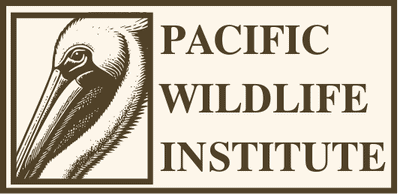Corvids, a fascinating family of birds known for their remarkable intelligence, include species such as crows, ravens, magpies and jays. These birds are distinguished not only by their cognitive abilities but also by their diverse habitats and behaviors.
Who are the Corvids?
Corvids belong to the family Corvidae and are renowned for their large brains relative to their body size, which contributes to their advanced cognitive skills. These birds are capable of using tools, solving complex problems, and even recognizing themselves in mirrors—a trait very rare in the animal kingdom. Their intelligence is often compared to that of great apes and dolphins, making them some of the smartest birds on the planet (Hummingbirds Plus) (Hummingbirds Plus) .
What makes Corvids so “smart?”
Corvids have evolved to be exceptionally socially intelligent due to a combination of ecological, evolutionary, and social factors that have shaped their behaviors and cognitive abilities. Here’s a closer look at why corvids are unique in their social intelligence:
Complex Social Structures
Corvids often live in complex social groups that require advanced social cognition to navigate. These groups have intricate hierarchies and roles, necessitating behaviors like cooperation, competition, and communication. For example, ravens and crows engage in social play and form alliances, which require understanding social dynamics and individual relationships (Hummingbirds Plus) (Hummingbirds Plus) .
Environmental Challenges
The environments corvids inhabit often present significant challenges that require problem-solving and adaptability. This has driven the evolution of their intelligence. For instance, food caching requires not only memory but also the ability to anticipate future needs and the potential for theft by other birds. This behavior has honed their planning and memory skills (Hummingbirds Plus) .
Flexible Diet and Foraging Strategies
Corvids have a varied diet that includes insects, small animals, seeds, and human food. This dietary flexibility necessitates versatile foraging strategies and the ability to exploit new food sources, which in turn drives cognitive development. They often need to cooperate to access certain types of food, reinforcing social bonds and communication skills (Hummingbirds Plus) (Hummingbirds Plus) .
Tool Use and Innovation
The use of tools is a significant factor in the evolution of corvid intelligence. Tool use requires not just the ability to manipulate objects but also understanding the properties of tools and how they can be used to solve problems. This ability is closely linked to higher cognitive processes such as abstract thinking and foresight, which are essential for social intelligence (Hummingbirds Plus) .
Communication and Learning
Corvids have complex vocalizations and can mimic sounds, which aids in social interactions and learning. Their ability to learn from each other through observation and imitation is crucial for passing down knowledge within social groups. This social learning ensures that beneficial behaviors are shared and maintained within populations (Hummingbirds Plus) .
Evolutionary Pressure from Predators and Competitors
Predation and competition have also played roles in shaping the intelligence of corvids. To avoid predators and outcompete other species, corvids have developed sophisticated strategies such as mobbing (where they collectively harass predators) and strategic food storage. These behaviors require coordinated efforts and sophisticated communication (Hummingbirds Plus) (Hummingbirds Plus) .
Brain Structure and Neuroanatomy
Corvids possess a highly developed brain structure, particularly in regions associated with higher cognitive functions such as the nidopallium caudolaterale (analogous to the mammalian prefrontal cortex). This part of the brain is involved in decision-making, problem-solving, and social behavior. The advanced neuroanatomy of corvids underpins their cognitive and social abilities (Hummingbirds Plus) (Hummingbirds Plus) .
Comparative Analysis with Other Birds
While many birds live in flocks and exhibit some level of social behavior, corvids stand out due to the combination of their brain structure, ecological adaptations, and the complexity of their social interactions. For example, while parrots and some passerines also show high intelligence, corvids’ unique ecological niches and the specific evolutionary pressures they faced have driven their unparalleled social and cognitive abilities.
Types of Corvids in North America
1. American Crow (Corvus brachyrhynchos):

The American Crow is a highly adaptable bird found throughout North America. Known for their all-black feathers and distinctive cawing calls, these crows thrive in a variety of environments, from urban areas to forests. They are opportunistic feeders, consuming everything from insects to human food scraps (Hummingbirds Plus) (Hummingbirds Plus) .
2. Common Raven (Corvus corax):
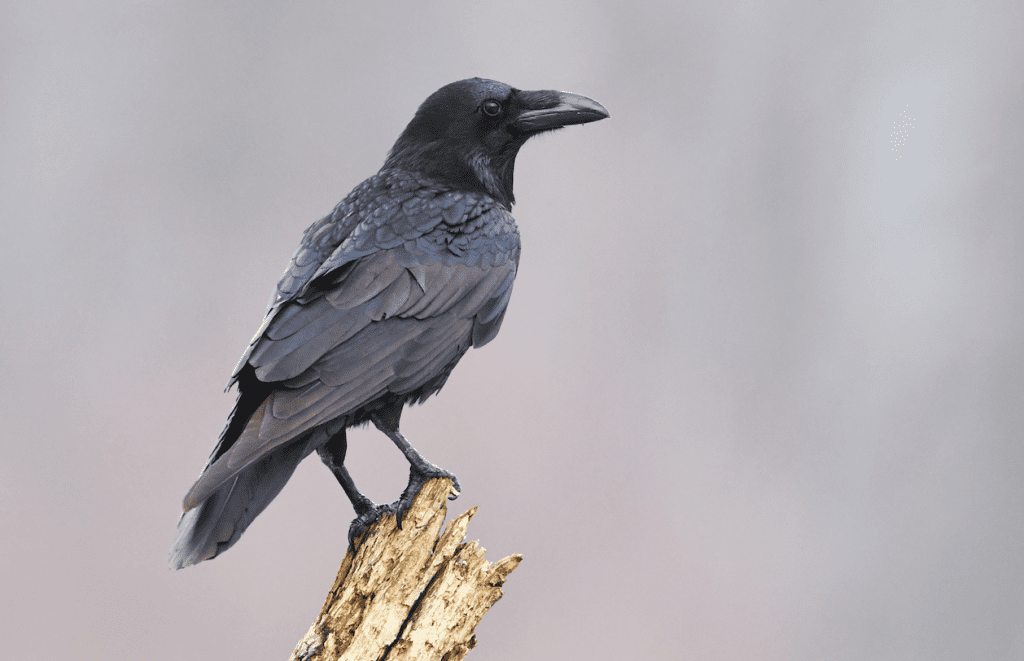
Larger than crows, Common Ravens are found in diverse habitats, including mountains, forests, and coastal regions. They are known for their deep, croaking calls and complex social behaviors. Ravens are incredibly intelligent, often engaging in play and using tools to obtain food (Hummingbirds Plus) (Hummingbirds Plus) .
3. Steller’s Jay (Cyanocitta stelleri):
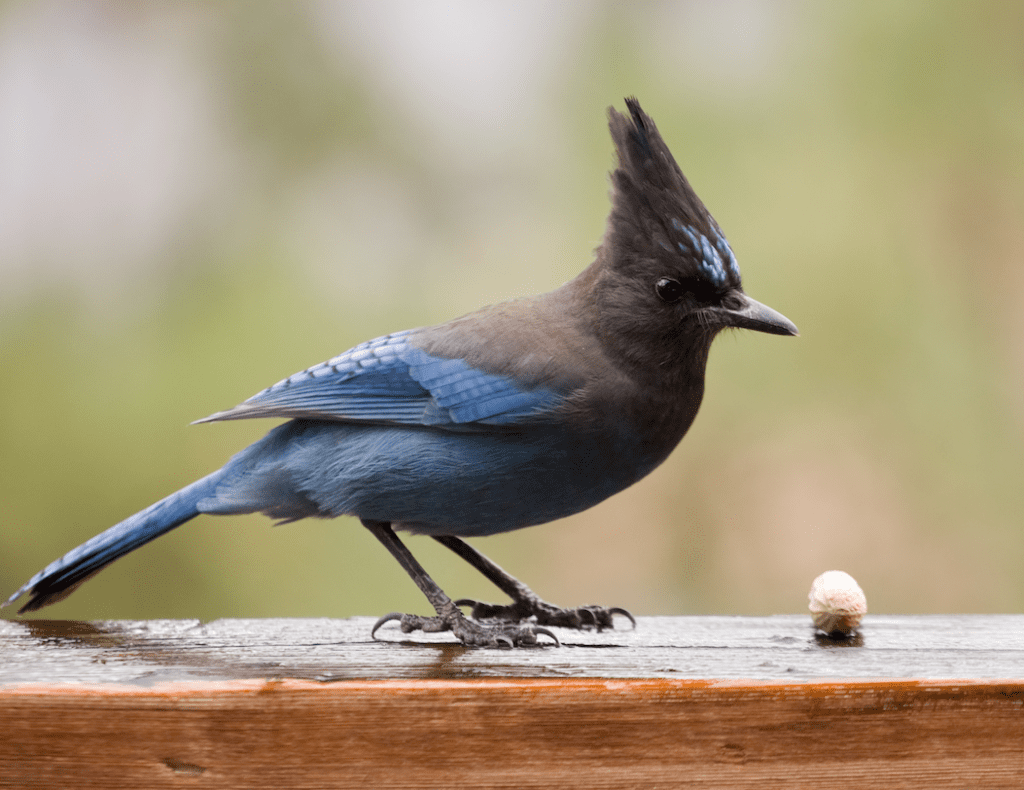
Steller’s Jays are striking birds with blue bodies and black crests. Found primarily in coniferous forests of western North America, they are known for their bold behavior and loud calls. These jays are also important seed dispersers, helping maintain healthy forest ecosystems (Birdwatching HQ) (Hummingbirds Plus) .
4. Black-billed Magpie (Pica hudsonia):
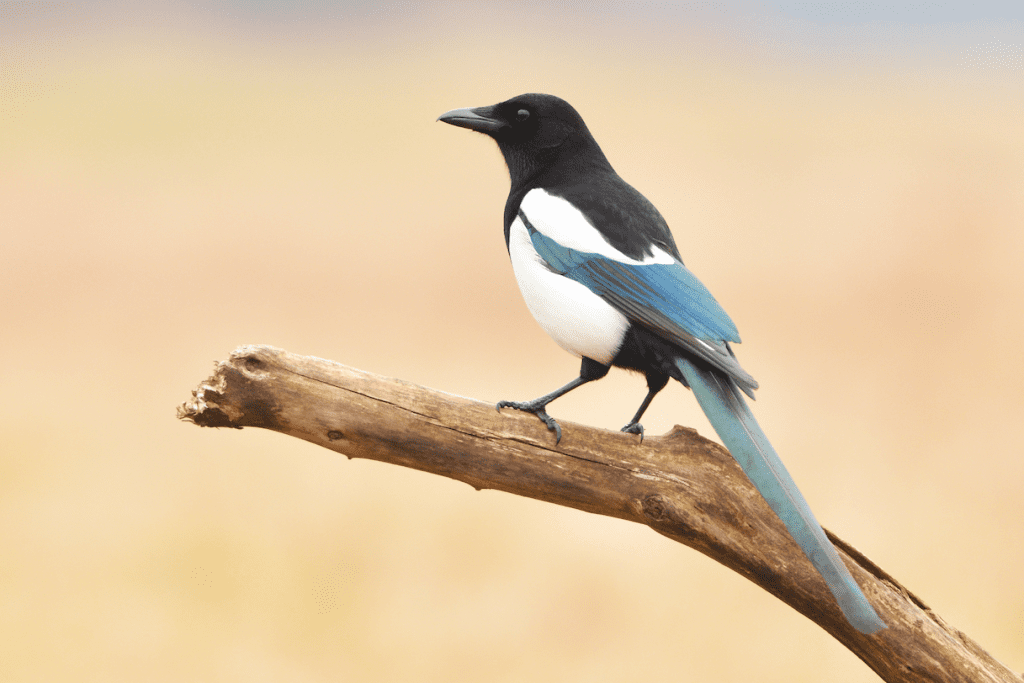
Easily recognizable by their black and white plumage, Black-billed Magpies are found in open areas and suburban regions. They are highly social and known for their loud, raucous calls. Magpies are also notorious for their thievery, often stealing shiny objects and other birds’ eggs (Hummingbirds Plus) (Hummingbirds Plus) .
5. Canada Jay (Perisoreus canadensis):
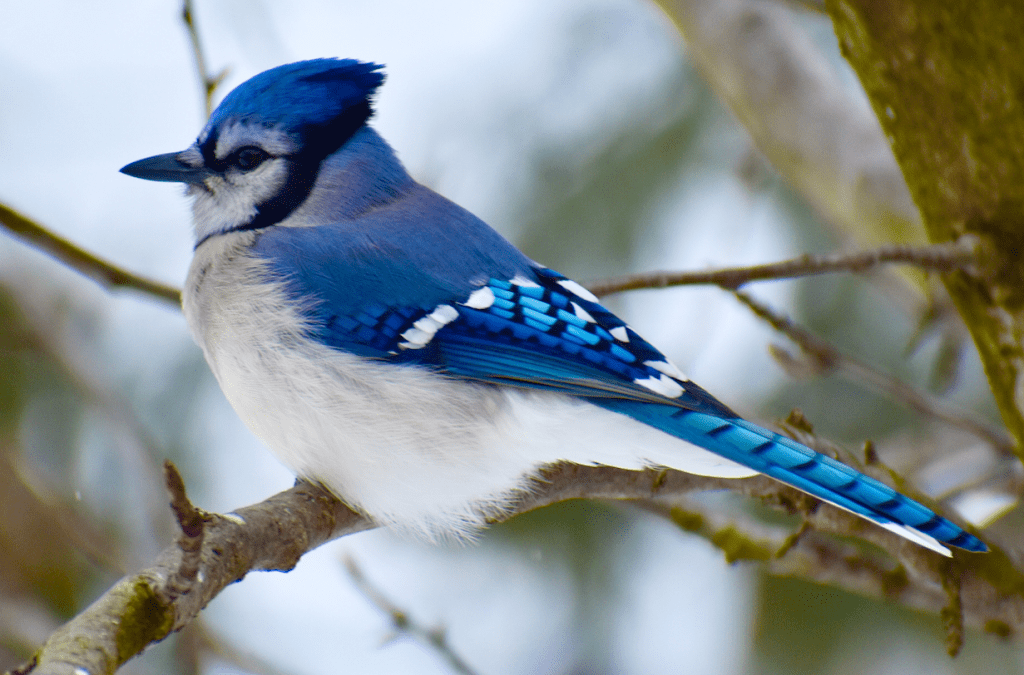
Also known as the Gray Jay, this bird is found in the boreal forests of Canada and the northern United States. Canada Jays are fearless and curious, often approaching humans for food. They are notable for their food caching behavior, storing food in trees to survive the harsh winters (Hummingbirds Plus) (Hummingbirds Plus) .
6. Clark’s Nutcracker (Nucifraga columbiana):
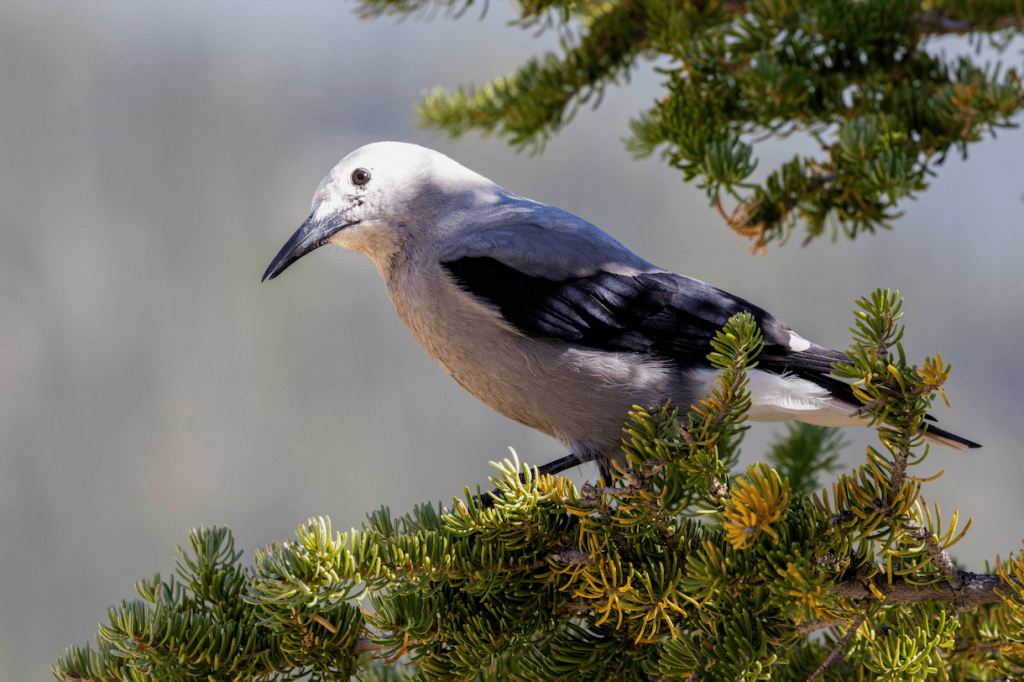
Clark’s Nutcrackers are closely associated with pine forests in western North America. These birds have a symbiotic relationship with pine trees, relying on their seeds for food. They have an exceptional memory, allowing them to locate thousands of stored seeds months later (Hummingbirds Plus) .
7. Pinyon Jay (Gymnorhinus cyanocephalus):
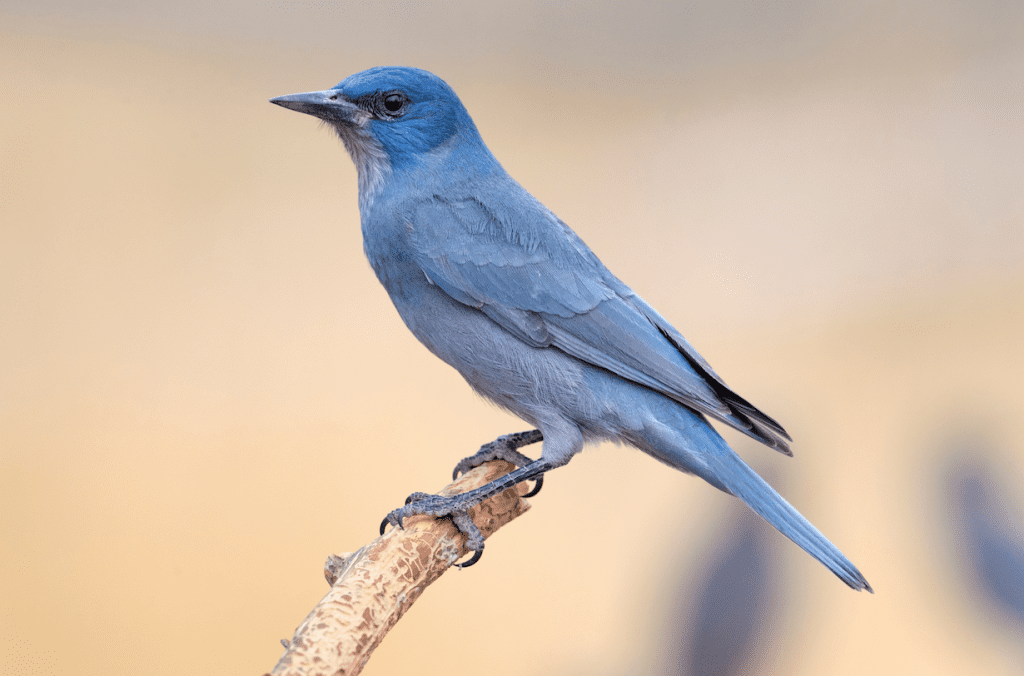
Pinyon Jays are social birds that form large flocks and are primarily found in pinyon-juniper woodlands. They feed mainly on pinyon pine seeds and play a crucial role in seed dispersal and forest regeneration (Birdwatching HQ) (Hummingbirds Plus) .
8. California Scrub-Jay (Aphelocoma californica):
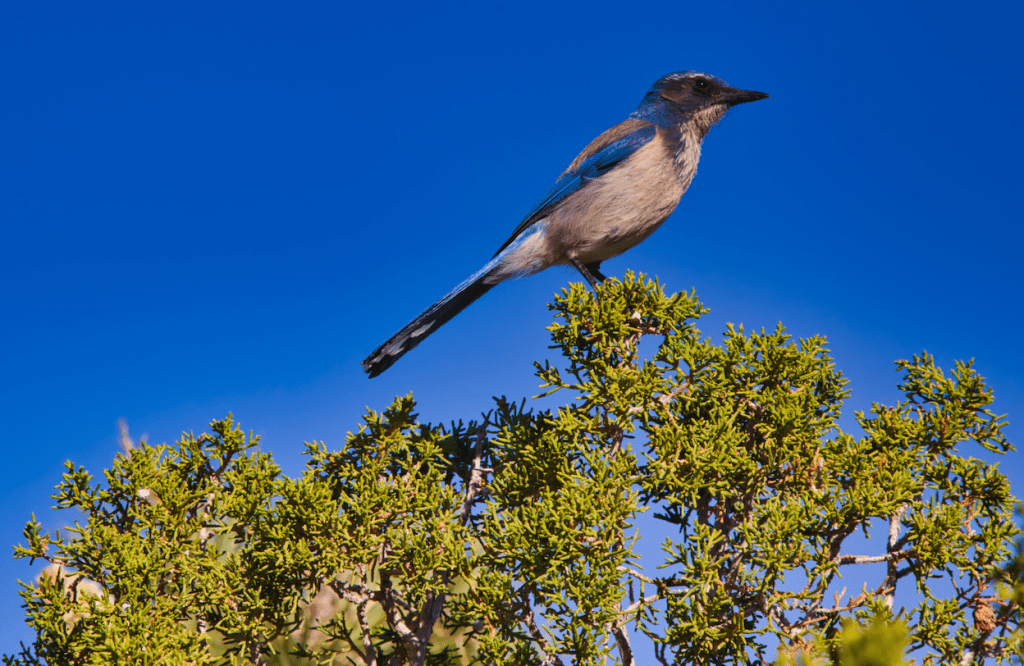
California Scrub-Jays are vibrant blue and gray birds found along the Pacific Coast, from southern British Columbia to Baja California. These jays are known for their intelligence and complex social structures, often engaging in cooperative breeding (Birdwatching HQ) (Hummingbirds Plus) .
Conclusion
Corvids are truly remarkable birds that continue to fascinate scientists and bird enthusiasts alike. Their intelligence, adaptability, and complex social structures make them unique in the avian world. Whether you encounter an American Crow in the city or a Steller’s Jay in the forest, you’ll witness the extraordinary capabilities of these birds.
Further Reading
For more detailed information on corvids, check out these sources:
- Bird Watching HQ on Corvid Species
- Nature Blog Network on Corvid Intelligence
- Nature Blog Network on Corvids in Colorado
